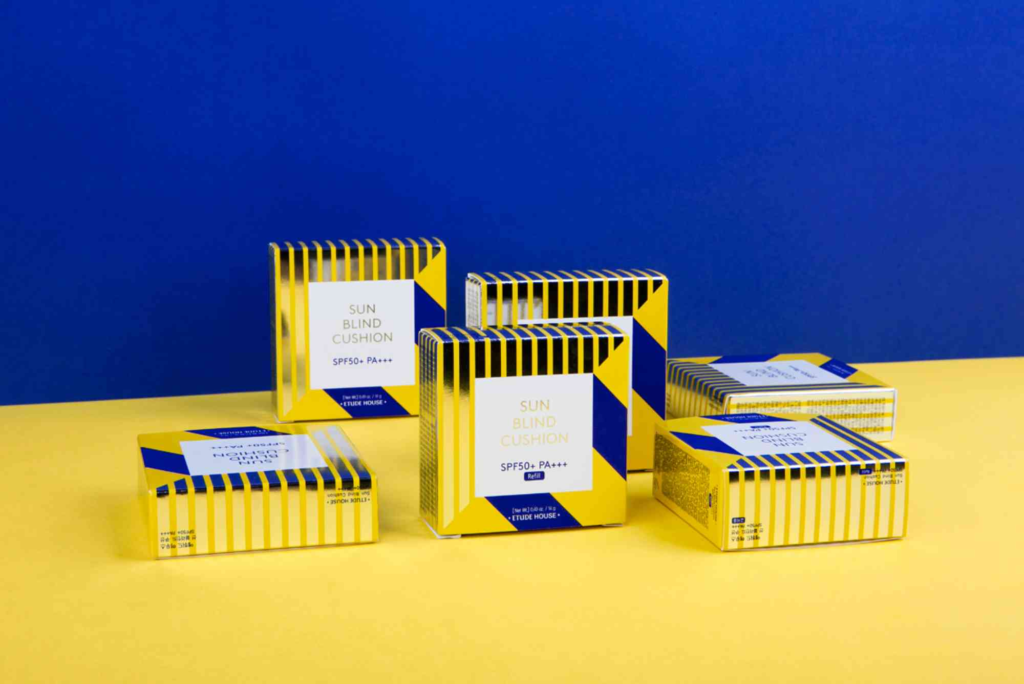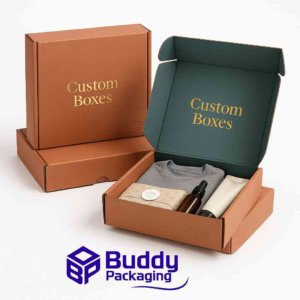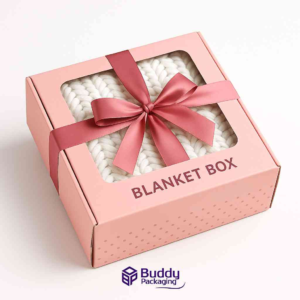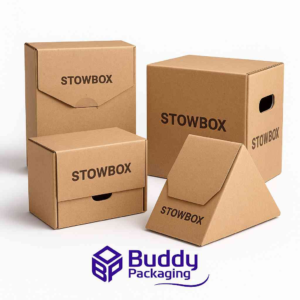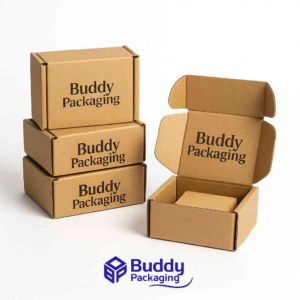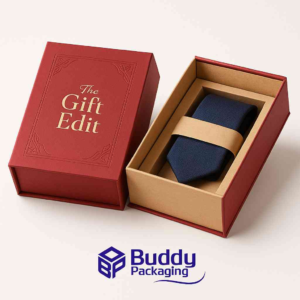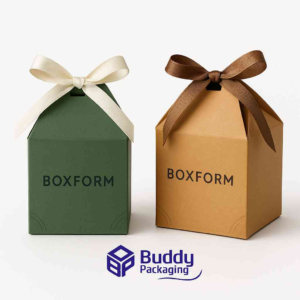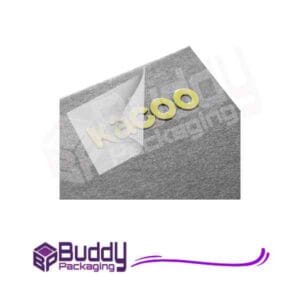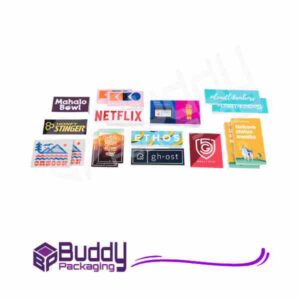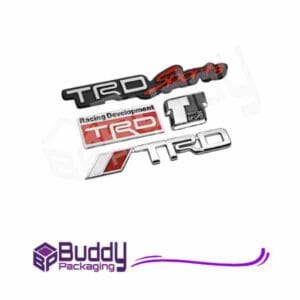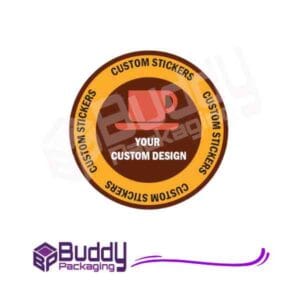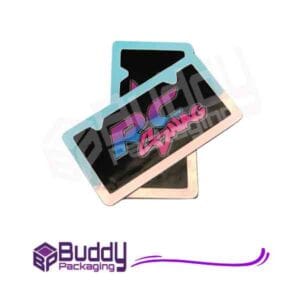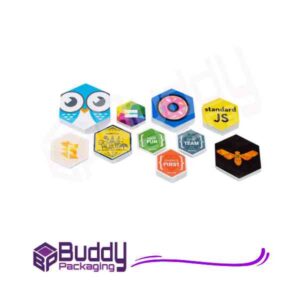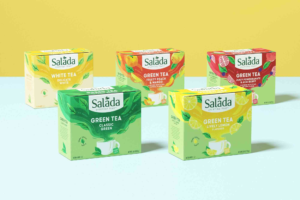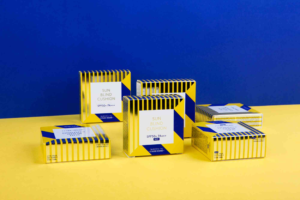Blind box packaging design has become one of the most exciting trends in product marketing, blending surprise, creativity, and brand storytelling. Brands across fashion, toys, collectibles, tech accessories, and lifestyle goods use blind box packaging design to boost engagement, spark curiosity, and build a loyal fan experience. As consumer expectations rise, creating a standout blind box concept requires more than great artwork. It requires psychology, structural talent, and smart branding strategy. This guide explores everything you need to know about blind box packaging design, including essential techniques, real-world insights, and expert suggestions to help brands create packaging that converts and delights.
Understanding the Magic Behind Blind Box Packaging Design
Blind box packaging design refers to a product presentation method where customers cannot see which variation of the product they will receive. This mystery-driven format taps into deep emotional responses. People love the thrill of the unknown, the anticipation of opening something unexpected, and the collectible nature that blind boxes naturally support. Because of this emotional layer, the design must be intentional, compelling, and aligned with brand identity. Every color, texture, and structural choice contributes to the unboxing moment, making the experience as important as the product itself.
Why Blind Box Packaging Design Matters for Modern Brands
Brands use blind box packaging for more than novelty. It is an effective tool for driving customer engagement, repeat purchases, and community interaction. When executed correctly, blind box packaging design converts ordinary products into memorable experiences. The mystery sparks curiosity, the limited-edition feel boosts exclusivity, and the collectible nature encourages customers to return for more. The result is a marketing engine that works both online and offline. Modern consumers, especially younger buyers, expect packaging to feel premium and immersive. Blind box packaging fulfills that expectation with creativity and brand storytelling.
Elements That Shape Successful Blind Box Packaging Design
Strong blind box packaging design begins with clarity around brand goals. The design must reflect the product story and deliver a feeling of curiosity. The structural design must also protect the item while maintaining the mystery factor. When shaping the overall concept, designers focus on color systems, typography, illustration style, texture, and material selection. Each component plays a role in building anticipation, encouraging the unboxing moment, and creating a memorable after-purchase impression.
Creating Emotional Engagement Through Visual Storytelling
Blind box packaging works because it triggers emotions. Most buyers do not just want the product; they want the feeling associated with discovering it. Visual storytelling brings this feeling to life. Designers often create a fictional world, character universe, or thematic narrative that extends across every blind box in the series. This storytelling layer becomes the foundation of brand engagement. It encourages customers to collect entire sets and develop emotional relationships with the brand.
Structural Design Principles for Blind Box Packaging
The structure of a blind box must be functional, protective, and visually appealing. Because customers cannot see the content inside, the box must build faith in product quality. Premium board material, secure sealing, and a smooth opening mechanism are essential. The unboxing moment carries significant weight. A design that opens too easily feels cheap, while one that is too difficult becomes frustrating. Finding a balance creates a positive emotional rhythm during the unboxing process and leaves a lasting impression.
Color Psychology and Its Role in Blind Box Packaging Design
Color is a powerful tool in blind box packaging design. Certain colors trigger curiosity, excitement, or luxury. Warm tones build energy, while cool tones create calmness or intrigue. For highly collectible themes, designers use bold, contrasting palettes to strengthen shelf visibility. Because blind box packaging relies on immediate visual appeal, the color story must feel cohesive and recognizable. Consistent palettes help customers identify series, editions, and product families.
Illustration and Art Direction in Blind Box Design
Illustration style plays a huge role in shaping customer expectations. Whether the design leans toward cute, edgy, minimalist, or futuristic, the art direction must match the target audience. Collectible toy brands, for example, often use character-driven art to build emotional connections. Lifestyle brands may use abstract shapes or textures to create sophistication. Consistency across the entire collection is key. When customers place multiple blind boxes together, they should form a harmonious visual set.
How Typography Sets the Tone for the Design
Typography conveys personality. Bold fonts suggest energy, while elegant serif styles communicate charm or luxury. Designers choose typefaces that support brand messaging and theme identity. Because blind box packaging involves small surfaces, readability is essential. Typography must also guide customers without revealing too much information. Subtle hints sprinkled throughout the box add playful layers without ruining the mystery.
Material Selection and Sustainability in Blind Box Packaging
Modern customers care about sustainability. This means blind box packaging design must consider recyclable materials, eco-friendly coatings, and responsible sourcing. Using high-quality but sustainable material enhances brand reputation without sacrificing durability. Many brands use kraft board, soy-based inks, or water-based coatings to reduce environmental impact. Communicating sustainability through subtle on-pack messaging also builds trust with conscious consumers.
The Role of Sensory Experience in Blind Box Packaging Design
The unboxing experience does not rely solely on visuals. Texture influences the emotional response. Matte finishes feel modern and soft, while glossy finishes feel energetic and bold. Embossing and debossing add dimensionality. Special coatings create tactile excitement. When customers hold the box, the texture should feel intentional and premium. This multisensory approach enhances perceived value and encourages social media sharing.
Brand Consistency Across Series and Collections
Blind box products typically come in series or waves. Maintaining consistent branding across these releases helps buyers recognize new sets immediately. This does not mean every box must look identical. Instead, the core brand elements remain stable while theme-specific details change. This strategy helps brands grow product lines without confusing customers.
The Role of Rarity and Collection Strategy
Rarity tiers are a powerful part of blind box packaging culture. When customers know certain items are harder to find, their excitement increases. Clear but subtle rarity indicators on packaging can strengthen the collecting experience. Transparency is important, but mystery is essential. The packaging should communicate the existence of rare items without revealing which box contains them. This balance keeps customers engaged and coming back.
How Blind Box Packaging Enhances Retail Display Impact
Retail presentation matters. Blind box packaging design must be visually striking from a distance. Shelf impact depends on color, structure, and consistency. A strong design helps boxes form a cohesive block of interest that draws shoppers in. Even in digital retail spaces, strong visuals enhance product thumbnails and social-media-driven commerce.
Digital Integration and QR-Driven Surprise Features
Modern blind boxes benefit from digital elements. QR codes can unlock exclusive content, character biographies, AR animations, or promotional rewards. When used properly, these digital touches extend the customer experience beyond the physical product. They also encourage ongoing engagement with the brand.
Practical Production Tips for Blind Box Packaging
Production quality determines final results. Designers must collaborate with print suppliers early to understand coating limitations, color accuracy, texture options, and dieline constraints. Proper proofing ensures colors remain consistent across large print runs. Testing structural integrity ensures the box protects the product without compromising aesthetics.
Helpful Resources for Packaging Inspiration
Designers often look for practical techniques to enhance creativity. A useful resource for general inspiration is available through box design tips from Creative Bloq which helps designers explore diverse approaches to structure and style. When ordering custom packaging, brands may also explore high-quality solutions such as Custom Boxes from Buddy Packaging for tailored options. For location or in-person consultation, you can also check Buddy Packaging Location for details.
Common Mistakes to Avoid in Blind Box Packaging Design
Many brands approach blind box packaging without proper strategy. Overcomplicating artwork reduces clarity. Using inconsistent themes weakens collectibility. Underestimating material quality diminishes brand trust. A successful blind box design remains clear, premium, and emotionally engaging without overwhelming the shopper.
Conclusion: Crafting Blind Box Packaging That Inspires
Blind box packaging design blends creativity, psychology, storytelling, and brand strategy. The goal is to create something more than a container. It is to build a memorable experience that inspires excitement, fuels collectibility, and strengthens brand loyalty. When you approach design with intention, customers feel connected to the unknown waiting behind the box panels. If you’re ready to elevate your next packaging project, explore your options today and take the next step toward creating unforgettable unboxing experiences.
Frequently Asked Questions
What makes blind box packaging design so popular?
Blind box packaging thrives because it builds excitement through mystery. Customers enjoy the emotional experience of discovering what is inside, and the collectible aspect encourages repeat purchases.
How do brands ensure fairness in blind box distribution?
Brands typically use controlled manufacturing processes that randomly assign products to boxes. This creates a fair and balanced distribution across common and rare items.
Are blind box products suitable for all industries?
Blind box packaging works best for markets where collectibility, novelty, or themed series are part of the customer experience. Toys, lifestyle items, stationery, and small tech accessories use it most effectively.
How can designers create sustainable blind box packaging?
Designers choose recyclable materials, avoid harmful coatings, and use eco-friendly inks. Sustainability messaging on the box helps customers understand the brand’s environmental commitment.
What role does unboxing play in blind box packaging success?
Unboxing is crucial because it transforms the purchasing moment into an emotional memory. Thoughtful structural design and tactile finishes enhance the overall experience.

